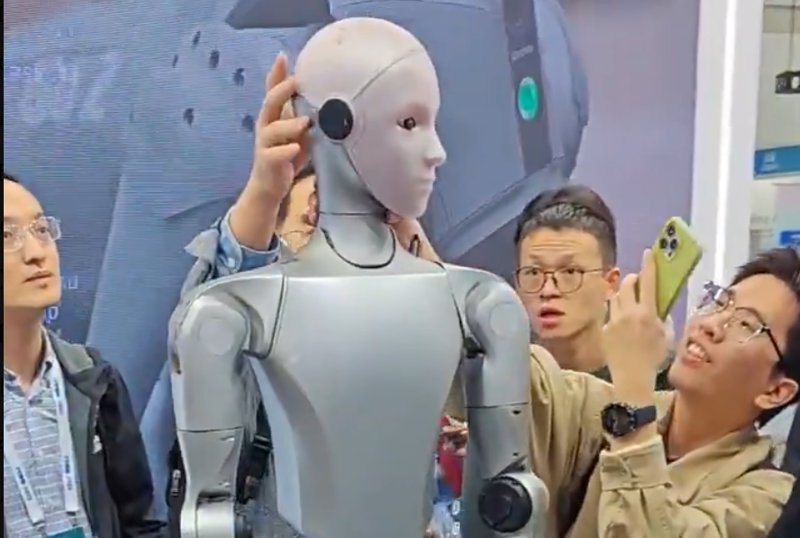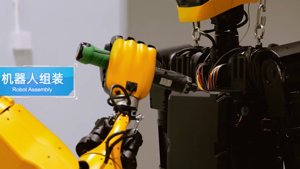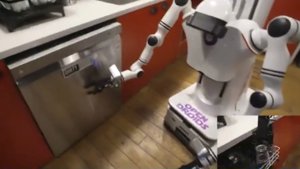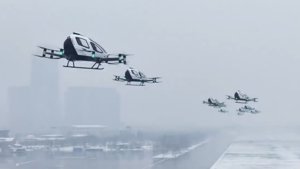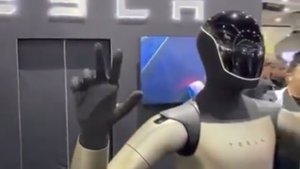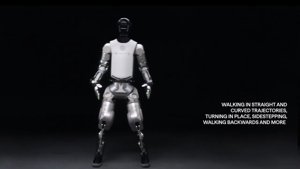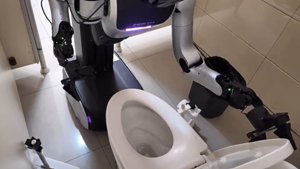Just barely out of the digital womb, having popped its virtual head out on October 20th, the brand-spanking-new Unitree H2 humanoid robot has already decided the IROS 2025 conference in Hangzhou, China, is its personal catwalk. This bipedal behemoth, towering at an imposing 180cm (that’s roughly 5'11" for those not fluent in metric, or “tall enough to reach the top shelf”) and tipping the scales at 70kg, isn’t just turning heads with its surprisingly lifelike – if slightly unsettling – “bionic face.” Oh no, it’s also raising eyebrows for what appears to be conspicuously absent. Initial snooping and Unitree’s own spec sheets whisper a familiar tale: it seems Unitree is taking a leaf straight out of the Tesla playbook, giving those pricey LiDAR sensors the cold shoulder in favour of a decidedly more camera-centric “Humanoid Binocular Camera with Wide Field of View.” Bold, isn’t it?
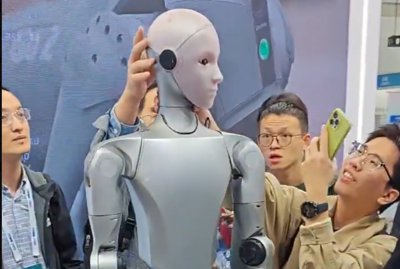
The H2 isn’t just a fresh coat of paint; it’s the H1 model after a rather intensive gym regimen and a few upgrades. It now flexes a formidable 31 degrees of freedom, topped off with a freshly minted 2-degree-of-freedom neck – because, apparently, robots need to express nuanced disapproval with a subtle head tilt, just like us. This newfound suppleness was showcased with alarming grace in its launch videos, where the H2 pulled off martial arts and dance routines with a fluidity that was less ‘robot’ and more ‘professional contemporary dancer who happens to be made of metal.’ And here’s the kicker: while Unitree has previously dabbled in its own 4D LiDAR for its four-legged mechanical companions, the deliberate omission of it from their shiny new flagship humanoid is a move so audacious, it practically screams ‘cost-saving gamble of the year!’ The strategy is crystal clear: vision-based AI is the new black. The H2’s digital grey matter is humming along thanks to a potent cocktail of Intel Core i5/i7 processors, with room for up to three Nvidia Jetson Orin NX modules for those developers brave enough to tinker.
Why This Matters (And Why You Should Care)
Unitree, bless their audacious hearts, isn’t just whispering; they’re shouting from the rooftops by championing advanced computer vision over LiDAR – the industry’s rather expensive, yet comforting, safety blanket. This “Tesla approach” isn’t just a technical curiosity; it’s a potential game-changer. It could slash the H2’s price tag faster than you can say ‘robot butler,’ potentially catapulting general-purpose humanoids into mainstream adoption. The colossal caveat, of course, is whether their software can reliably navigate a world designed for squishy humans, armed with nothing but a pair of digital eyes. Unitree already enjoys a significant economic edge, crafting most of its essential gubbins – from whirring motors to delicate sensors – right there in its own workshops. Should their vision-only system prove not just capable, but genuinely robust, prepare for a seismic shift. It won’t just make competitors sweat; it’ll force them to fundamentally rethink their opulent sensor suites, dragging the entire robotics industry’s focus from the glorious, high-cost hardware to the truly brutal, mind-bending complexity of AI-driven perception. And that, my friends, is where the real fun begins.
